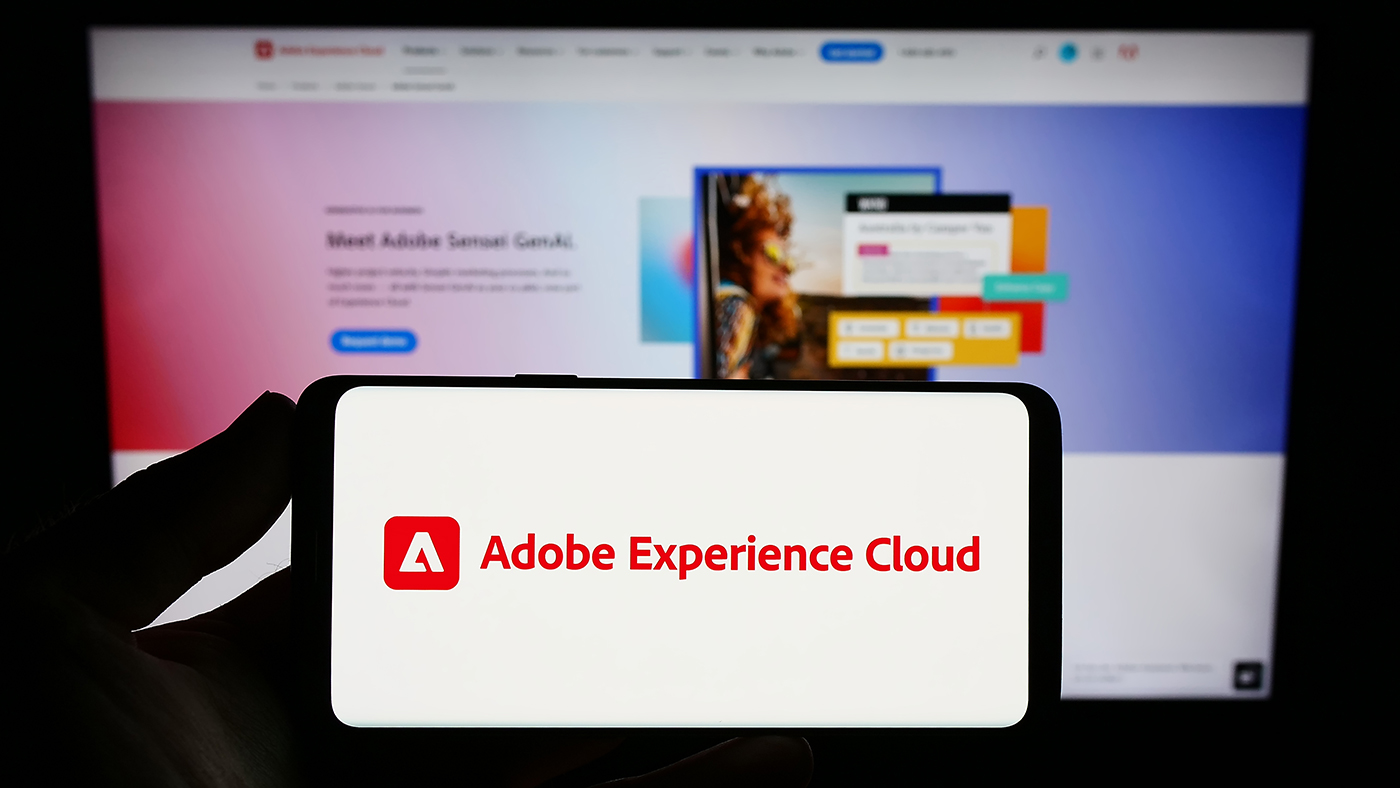
Progressive Enhancement, Vroom

If a client asked you to travel 100 miles, that would be pretty enjoyable in a new Maserati. If that client asked you to make the same trip in a horse and buggy, then you would have a completely different experience. Designing for horse and buggy browsers are not enjoyable. However, we all have to design for older browsers at some point.
UX Designers face a number of challenges during the design process. We always look for the most efficient way to provide content while taking advantage of the latest and greatest advancements in technology. Browser and device selection play a big role on the development of a user experience. Progressive enhancement helps us deal with a variety of browser capabilities and device types.
Progressive enhancement is the separation of HTML, CSS, and JavaScript so that users can access the basic content of a web page using any device. Less advanced browsers keep users from taking advantage of more features. Like the horse and buggy, these web browsers days are numbered.
Benefits of having progressive enhancement include:
- Accessibility: Content is available to all users
- Flexibility: Cross-browser and cross-device support
- Modularity: Individual distinct functional units with smart boundaries makes site builds easier and more tolerant.
The greatest challenge with progressive enhancement is uncovering risk to user experience and then establishing creative direction that motivates migration towards modern Maserati type browsers, while recognizing the need for some users to remain on less advanced browsers.
As UX Designers we need to take the Mitch Hedberg approach to site design where he jokes, “Basically, when an elevator fails, it’s useless. When an escalator fails, it becomes stairs.” We should be building escalators, not elevators.
Progressive enhancement requires slightly more intellectual and practical development work. Most of your time will involve revising markups for semantics and flexibility, and coding extra CSS to take advantage of CSS3 and HTML5 on browsers that support it.
Progressive enhancement is a powerful development philosophy for creating universally accessible sites and web apps. It does require some learning, experience and discipline. If you are willing to invest the time, then your return will be well worth it. Horse and buggy browsers will still have access to your content. Maserati browsers will enjoy the full force of your site.
Want to learn more about Apexon? Consult with an expert here.




